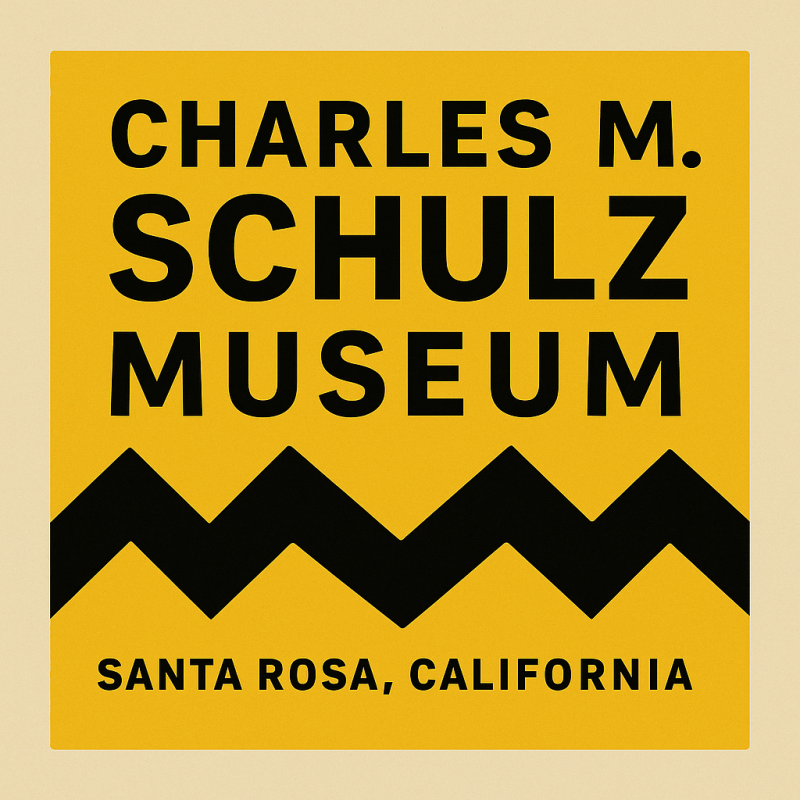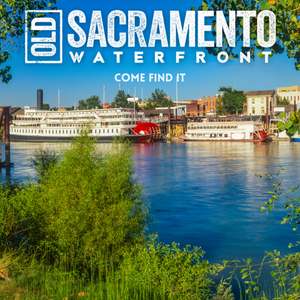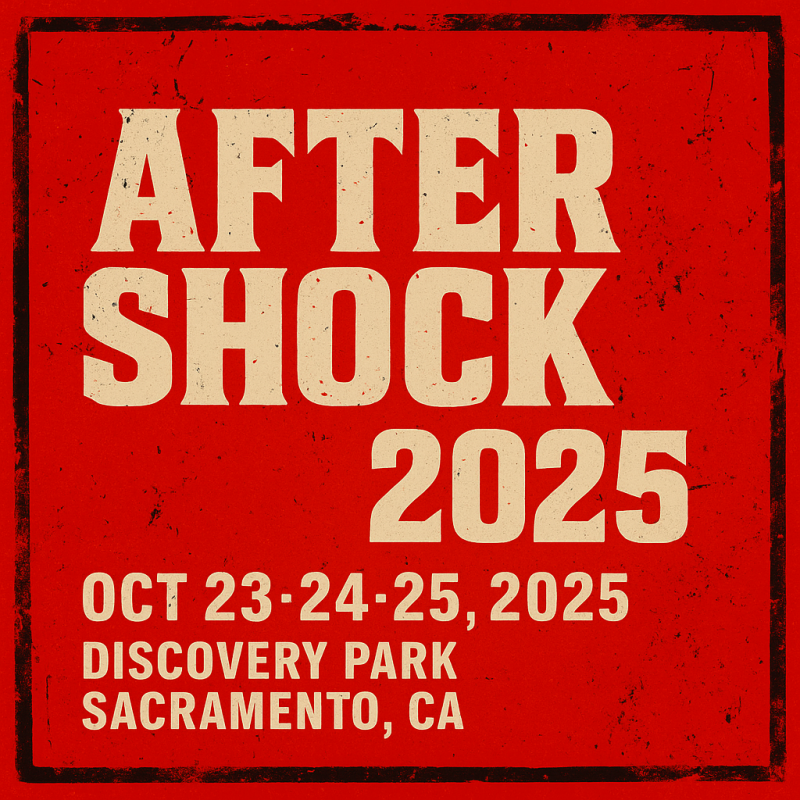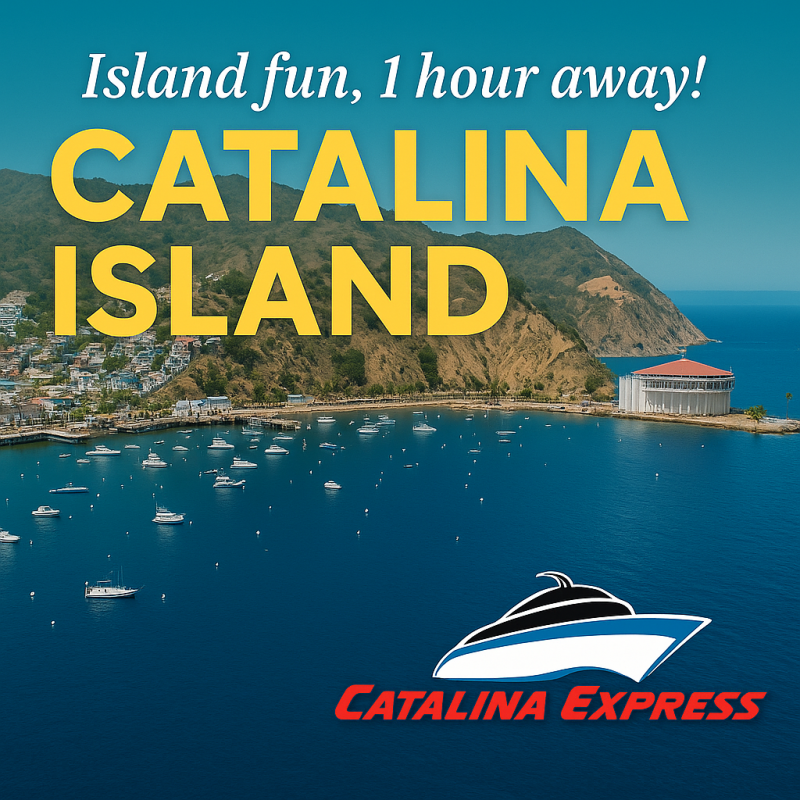By Mauricio Segura August 13, 2025

Photo: GBT Graphics
California’s islands are often overshadowed by the familiar silhouettes of Catalina or Alcatraz, but beyond the tourist ferries and glossy brochures lies another world entirely. Scattered along the coast and inland waters are little-known islands with volcanic birth stories, windswept wildlife colonies, and strange chapters in California’s human history. Some can be glimpsed only from shore. Others can be skirted by kayak or sail. All are cloaked in a sense of mystery that makes you lean forward, as if a little closer might reveal their secrets.
Begin in the high desert, at Mono Lake, where Paoha Island rises pale and otherworldly from the briny water. Formed a mere few centuries ago by an eruption that heaved lakebed sediment upward, Paoha is a geological newborn, its surface a patchwork of white clay, volcanic ash, and jagged basalt. Steam still seeps from hot springs and fumaroles, hinting at the energy beneath. The island’s name comes from the Paiute phrase pa-o-ha, “children of the mist,” a nod to legends of spirits dancing in the moonlight above the warm vents. Mark Twain, lured there during his travels, wrote of being stranded without water while his boat drifted away, a misadventure that turned into one of his most memorable tales. Today, Paoha remains inaccessible, guarded by the lake’s merciless salinity and protected status, but from the shore or a guided boat tour, its lonely silhouette tells a story written in lava and time.
Just to the north, Negit Island shares Mono Lake’s volcanic origins but carries an ecological drama of its own. For centuries, it has been one of the West Coast’s most important nesting grounds for California gulls, drawing tens of thousands each spring to feast on brine shrimp and alkali flies. In 1979, drought exposed a land bridge to the mainland, allowing coyotes to cross and devastate the colony. The sight of shattered eggs and dead chicks jolted locals into action, catalyzing conservation movements and giving rise to the Mono Lake Committee. Efforts to raise lake levels eventually submerged the land bridge again, but shifting climate patterns still threaten the fragile food chain. From April through August, Negit is closed to visitors, but in the off-season, paddlers can approach its black volcanic slopes and watch gulls wheel above its rugged cliffs.
Far west of Mono Lake, in the sheltered waters of Tomales Bay, a speck of green called Hog Island breaks the surface. Local lore says its name comes from a barge of pigs that caught fire nearby, sending its squealing cargo swimming for safety onto the island. Whether the tale is true or not, Hog Island has long been a quiet refuge, now used by harbor seals to give birth and nurse their pups. It is part of Point Reyes National Seashore, and while the public cannot land during pupping season, its low profile and surrounding shallows make it a serene sight from a kayak, especially when the fog curls in and the bay turns silver.
Further down the coast, Año Nuevo Island sits just offshore from the cliffs of San Mateo County, its nine acres teeming with life. Once tethered to the mainland, centuries of relentless waves carved it free, leaving a narrow channel that now churns with whitewater. The island’s crumbling lighthouse and keeper’s quarters speak to its past as a navigational aid, but today its beaches belong to northern elephant seals and endangered Steller sea lions. Access is limited to researchers, yet from the mainland’s Año Nuevo State Park, visitors can join guided walks in winter to witness the raw spectacle of bull seals battling for mates or mothers nursing their pups, one of the most dramatic wildlife displays in the state.
Off the coast of Santa Barbara, Sutil Island rises abruptly from the Pacific, a dark volcanic outcrop just a few hundred yards from the larger Santa Barbara Island. Though only thirteen acres in size, it is a sanctuary for rare and endangered species: Brandt’s cormorants crowd its ledges, black storm-petrels nest in its crevices, and the elusive island night lizard hides in the sparse vegetation. In 2019, scientists recorded the first brown booby chick hatched here, a sign that shifting ocean conditions are reshaping bird ranges. Sutil is off-limits to visitors, but boat tours through Channel Islands National Park sometimes pass near enough to glimpse its sheer cliffs, alive with wheeling seabirds.
What makes these islands compelling is not their accessibility but their inaccessibility. They guard their solitude fiercely, holding on to pieces of California’s past, whether in the steam of volcanic vents, the echo of a lighthouse horn, or the cries of nesting seabirds. Visiting them directly is often impossible, yet their presence enriches the landscapes around them. Standing on a Mono Lake shore at dusk, drifting through Tomales Bay in morning fog, or scanning the Pacific horizon off Santa Barbara, you can feel the pull of these places. They are reminders that even in a state famous for its coastlines, there are still wild, untrammeled edges where nature writes the rules and stories linger just out of reach.













